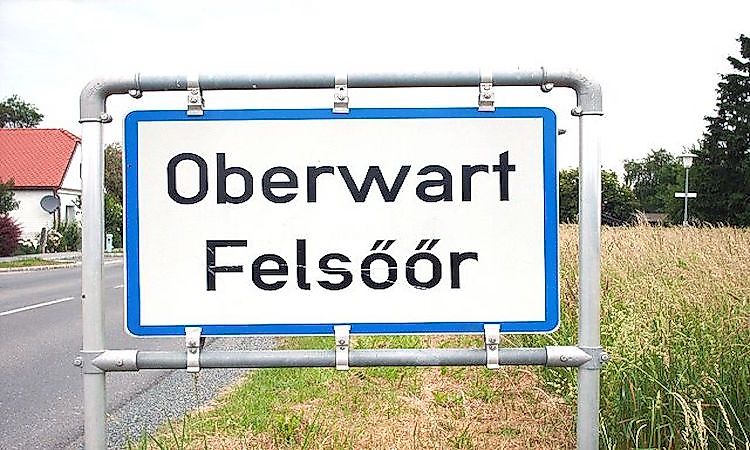What Language Is Spoken In Austria?

Austria is a Central European landlocked nation with a population of 8.6 million people. It shares its borders with Hungary, Germany, Czech Republic, Slovakia, Slovenia, Italy, Switzerland, and Liechtenstein.
Austria was part of the Holy Roman Empire till 1806 and then became part of the German Confederation until the 1866 Austro-Prussian War. After the First World War, the Austrian monarchy broke up and the region became part of the German Republic. However, the treaty of Saint-Germain-en-Laye forbade the unification of Germany and Austria.
Gradually, Austria tried to build its national identity. The people of Austria currently identify themselves as Austrians while a minority still feels German. 91.1% of the country’s population thus are known as ethnic Austrians. Serbs (mainly immigrants to Austria during the reign of the Austro-Hungarian Empire and after World War II) are one of the largest ethnic groups in Austria. Slovenes, Croats, Hungarians, and Turkish are the other important minority groups in the country. The ethnic composition of Austria has influenced the linguistic diversity of Austria.
Official Languages Of Austria
Austrian German is spoken by most Austrians with the exception of a section of the aged population (mostly rural residents). German is used in imparting education in the schools and universities of the country. The media also uses the language as a means of communication, and all official announcements and government administrative work use Austrian German.
Significant Unofficial Languages Of Austria
Alemannic
Alemannic is a group of dialects that belongs to the Upper German branch of the Germanic family of languages. The language is spoken in Vorarlberg, Austria’s westernmost federal state. Alemannic is also spoken in Northern Switzerland, and people in other parts of Austria find it difficult to comprehend this language.
Austro-Bavarian
Outside Vorarlberg, Austro-Bavarian is the primary native language of Austria. A number of dialects of the language exist, and the two primary branches are Central Austro-Bavarian dialects which are spoken in the northern parts of the country, and Southern Austro-Bavarian dialects spoken in southern parts of Austria. This native language of Austria influences the German language spoken in the country and at times, makes it difficult for German-speaking population of other nations to clearly comprehend the German spoken by Austrian natives.
Minority Languages Of Austria
There are a number of languages spoken in Austria by the various minority populations in Austria.
Turkish: 2.3% of the Austrian population speak Turkish, the largest minority language in the country.
Burgenland Croatian: 2.5% of Austrian residents, primarily those living in Burgenland, the easternmost Austrian state, speak Burgenland Croatian.
Hungarian: About 1,000 Austrian residents living in Burgenland speak Hungarian, a language that despite having a low number of speakers in the country has a traditionally important position in the country’s culture.
Serbian: Serbian, another minority language of Austria is spoken by 2.2% of the country’s population.
Slovene: 0.3% of Austrians speak Slovene which is the official language of Carinthia.
English, French, and Italian are three important foreign languages spoken in Austria.
What Language Is Spoken In Austria?
| Rank | Category | Language |
|---|---|---|
| 1 | Official languages | German (Austrian German) |
| 2 | Significant unofficial languages | Alemannic Austro-Bavarian |
| 3 | Regional languages | Burgenland Croatian, Slovene, Hungarian, Czech, Slovak, Romani |
| 4 | Minority languages | Turkish |
| 5 | Main foreign languages | English, French, Italian |
| 6 | Sign languages | Austrian Sign Language |











